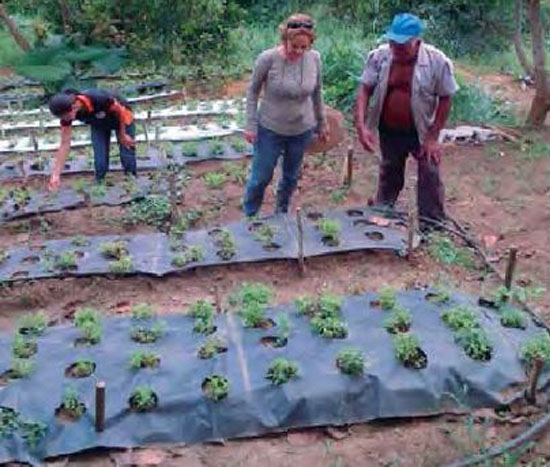La Estevia: a sustainable alternative for small producers
Abstract
Stevia, Stevia rebaudiana Bertoni, or sweet grass, is a perennial shrubby plant belonging to the Asteraceae family, native to Paraguay, it produces up to 20 stems in 3 to 4 years and can reach up to 90 centimeters in height in its natural habitat ( Landázuri, 2009). Photos 1 and 2.
In the world, the cultivation areas are located in China, where it contributes 90% of world production, that is, about 2,700 tons; and in South America specifically in Paraguay, Bolivia and Argentina (Salinas, 2006). In popular medicine it has been used as a treatment for diabetes with great success; in Brazil and Asian countries, it is officially accepted for this purpose (Álvarez 2006).
References
Guardia J. 2013. La Stevia .Portal informativo de SALTA. Enciclopedia on lin de la provincia de Salta, Argentina Foto 10. Secado en trojas. Foto 11. Horno artesanal a gas. Foto 12. Material colocado en el horno. http://www.portaldesalta.gov.ar/economia/estevia.htm.
Landázuri P. 2009. Stevia rebaudiana Bertoni, una planta medicinal. Bol. Téc. Edición Especial. ESPE. Sangolquí, Ecuador. INCAGRO. 2008. Manual Técnico de Produccióng de Stevia http://agricultura-ecologica.servidor-alicante.com/documentos-agricultura-ecologica/Agricultura-
Ecologica-Manual-tecnico-de-produccion-de-Stevia.pdf.consultado 4/09/2013.


